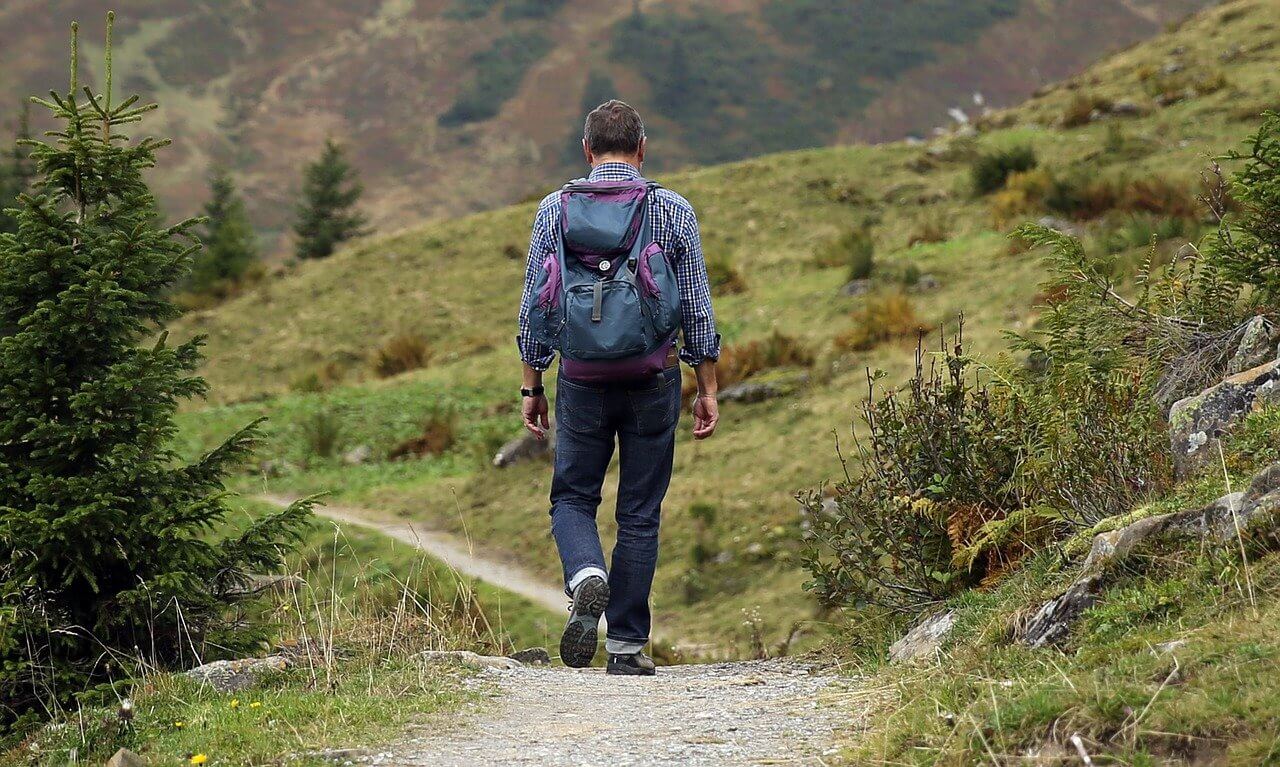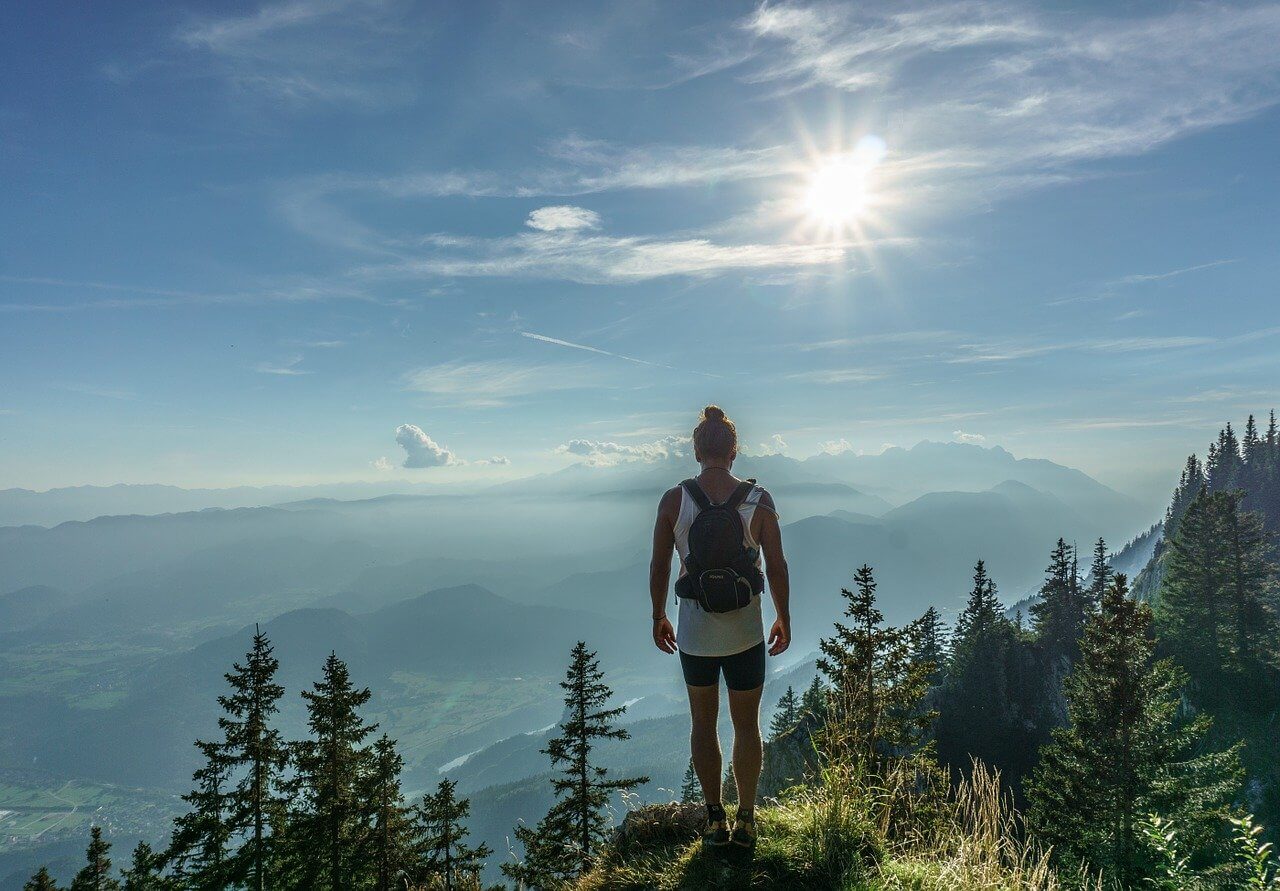The biggest mistake many hikers make when they realise they are lost is panicking. They make rash decisions without thinking clearly through them, often putting themselves in a worse situation. If you get lost while hiking, calm down, survey the situation, and work through your options for getting back to safety. So what to do if you get lost hiking?
Planning is Everything

Another common mistake hikers make is not doing proper planning before going outdoors. Even a short hike for a few hours requires good planning.
Planning is what will save you if you get lost. Here’s a blueprint you can use to plan your hike.
- Plan your route. Know exactly where you are going and what route you’ll be taking going and coming back. Use a combination of maps and satellite pictures to plan your hike. Knowing your route makes it easier for your loved ones and search & rescue to find you should get lost.
- Make it easy for people to find you. There’s a wide range of GPS devices you can use to track your location. Our favourite are personal locator beacons. They’ll direct search & rescue to your exact location. At the very least, have a flare or a beacon of some kind. Even a whistle can help.
- Carry a compass and know how to use it. Even if you have a GPS device with a digital compass, have a separate one that you are sure won’t fail.
- Make sure you can survive for some time before rescue. It may be hours or days before you get rescued. Carry enough food, plenty of water, matches, a flashlight, warm clothes, and an emergency blanket.
- Because water is especially important for survival, consider having a portable water filter as well so you can drink water from any source. Get a filter that can remove pathogens from water.
- Prepare for any weather. Even if the weather report says it’s going to be sunny, prepare for anything. That means having clothes you can layer on top of the ones you are wearing and having an extra pair of socks.
- Know what to expect. Even as you prepare for anything, it’s good to know what to expect especially in terms of weather. It’ll help you plan better. If possible, talk to a national park, countryside or forest ranger. They’ll tell you the current condition of where you are going, including essential details such as fire risk.
- Tell someone of your plans. Share your hiking plans and route with family or friends. They should know your exact route, what vehicle you’ll be driving, and what time you’ll be leaving and coming back. This information can make all the difference during a rescue.
What To Do When You Get Lost

The worst has happened and you are lost. Here’s what to do.
1. Stop & Relax
Unless there’s an active threat such as a wildfire, do not move once you realise you are lost. Continuing to hike trying to find the correct path will likely get you even more lost.
Stop, find some shade, and relax. Drink some water and have a bite if you are hungry.
It’s so much easier to analyse your situation and find a way out when you are calm, rested and not hungry or thirsty.
2. Analyse
Look around you and try to get a handle on your location. Think back the way you came. See if you can remember any landmarks or signs.
Only if you are sure about where to go should you try to retrace your steps. Otherwise, stay put and think of other solutions.
Tip: If you think you might get lost when hiking, you can leave a trail that you can trace back. Use small stones, sticks, or even smartphone photos to track your path.
If you can’t retrace your steps, check if there’s a path that can lead to safety. If you are on a trail, stick to it. You’ll likely come upon a trailhead, a road, or signs that can get you out.
You can also try following a river or stream, but be careful not to injure yourself. But this should be a last resort.
Another idea is to find high ground like a small hill or crest, and survey the surrounding area. You might spot a familiar landmark or trail. Do not climb a tree – you could easily injure yourself and make your situation worse.
3. Make a Decision – Going vs. Staying Put
Once you’ve analysed your situation and possible solutions, decide whether the best thing is to try and rescue yourself or stay put.
Both have their pros and cons. Trying to find your own way back to safety could put you in a worse situation, but on the other hand, it might work and you don’t have to spend a night outdoors waiting for help.
Staying put makes it easier for rescuers to find you and ensures you don’t get in a bigger mess. On the downside, you can’t be sure how long the rescue will take. It’s also easy for fear and panic to take over when you stay in one spot.
The best decision in most situations is to stay put, unless it is dangerous to do so.
How to Survive Until Help Arrives
You have no idea how long it’ll be before help arrives, so prepare to spend the night outdoors, maybe even a few nights.
If you have a personal locator beacon, activate it immediately. Remove the protective tab and then press the SOS button. This will send out a rescue signal.
You can also use other signalling methods like a whistle, colorful items on trees, a smoky fire, or a large SOS sign on the ground made with stones.
Next, get comfortable. Look for wood to build a fire and make sure you have water, food and warm clothes.
If you can, try to construct a rudimentary shelter to protect yourself from the weather.
Most importantly, try to stay calm and positive. Fear, loneliness and panic can easily overcome you. Find a way to stay busy like reading (if you carried a book or kindle) or building a shelter.
How To Hike to Safety
If you’ve decided that going on is your best option, stick to the trail. You can also follow a stream or trails made by animals.
Eat and drink water regularly, and rest when you start feeling tired.
Keep your senses sharp for things that indicate people around like a dog backing, the smell of food or smoke, or the sight of wrappers on the ground.
The moment you feel that you are getting more lost, stop and stay in place until help arrives.







